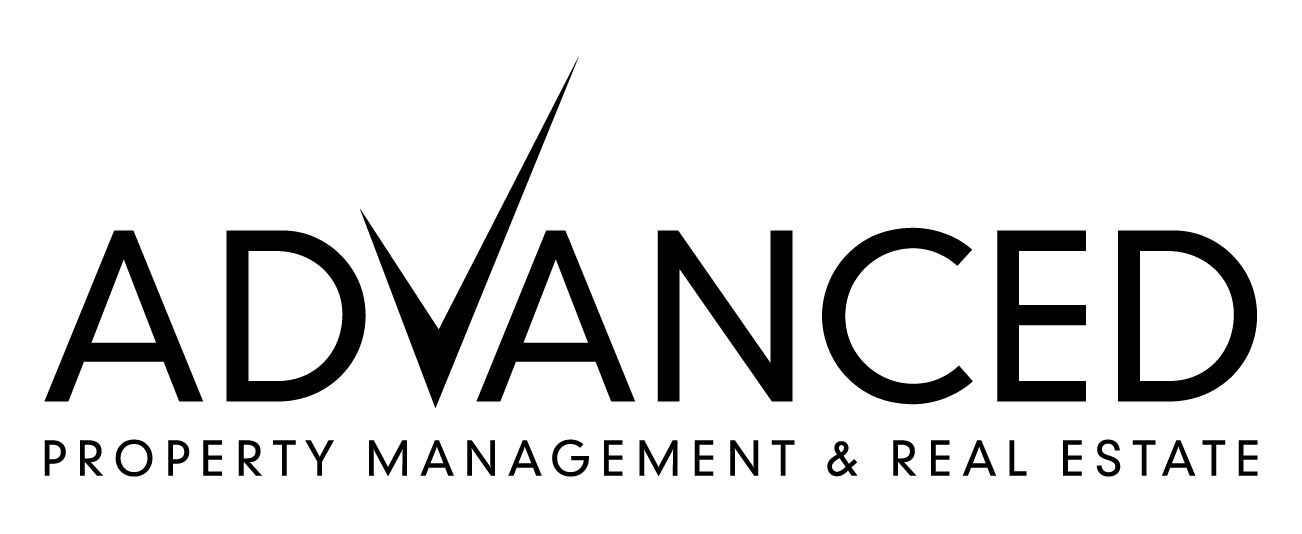Cap Rate Real Estate Valuation Method
“Look before you leap”
Truer words have never been spoken when considering a significant purchase of commercial or investment real estate. You need to be reasonably certain that you will achieve a profitable return on your investment, and the only way to achieve this is through due diligence. In other words, you have to run the numbers.
Mike’s CGA experience and financial background enables him to present you with the financial information you need to make a qualified decision. Mike is based on Vancouver Island and specializes in commercial real estate and investment properties on the Island and throughout B.C. for mobile home parks. He knows the commercial real estate market extremely well and can present you with investment properties that meet your specific requirements or list your commercial real estate and bring in qualified buyers. Mike is also a Commercial Mortgage Broker who can assist you or your potential buyers in obtaining suitable financing to cap off a winning commercial real estate investment deal.
The four main methods of determining the value of commercial real estate properties are:
1) Income (Investment) Method
2) Cost Method
3) Comparative (Market) Method
4) Residual Value Method
As the main reason to consider buying an investment property is to get a Return on Investment, I will only describe the Capitalization Rate here. This rate is the most basic Income Method of property valuations.
Capitalization (Cap) Rate
One very popular and quick method of estimating a commercial property’s valuation is using the specfic markets Cap Rate for the type of property using the following formula:
Cap Rate (%) = Annual Net Operating Income (NOI) / Purchase Price.
As with any algebraic equation, if you know two of the numbers, it is very simple to determine the 3rd. The NOI (Net Operating Income) includes normalized operating revenues and expenses, but excludes depreciation, amortization, long-term interest expenses and income taxes, as these are investor/owner specific and would lead to illogical comparisions due to the actual differences in these four expenses applicable to each investor/owner.
Let’s use the example of a multi-unit residential rental building to illustrate the valuation process. Assume the apartment building has a normalized annual NOI of $150,000 and the current market cap rate of 5.5%. Reconfiguring the above formula, the building’s estimated valuation is $150,000 / .055 = $2,727,273. Please note that Cap Rates vary over time and are specific to the actual type of asset, for example a multi-family residential rental apartment building vs a warehouse, the properiy’s location and the current investment climate at the time of analysis.
Although the Cap Rate is the most popular mertric for valuating investment properties, it does have a number of serious shortcommings as follows. Firstly, it assumes thet the NOI continues at the same annual amount forever, and secondly, it ignores the future sale of the property. Finally, it does not include the individual investor’s financing and income tax positions, both of which are critically important when analyzing any potential investment property. For these reasons, seasoned investors normally use the Cap Rate Method of Valuation simply to determine if a specific property merits spending more time doing an in-depth analysis, such as calculating the discounted Net Present Value and/or a Specific Term Blended Internal Rate of Return.
The Cap Rate, in addition to its use a valuation tool, is also used in the comparison of two or more investment real estate properties. Foir example, the first property has a cap rate ot 6.00% while a second property has a cap rate of 8.00%, all things being equal, the second property provides more Net Operating Income per Dollar of Cost.
